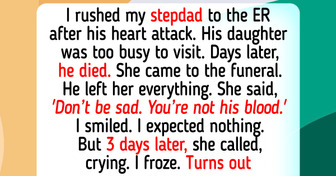I Closed My Doors to My Entitled In-Laws on the Weekend and I Don’t Regret It

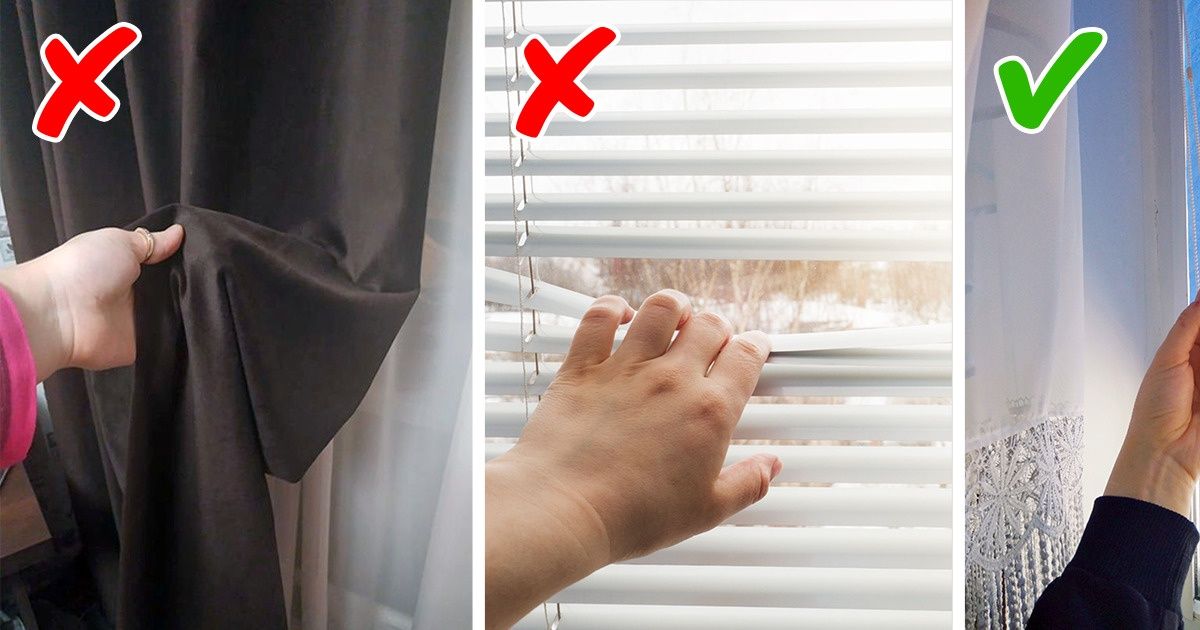
As it turns out, 60% of dust gets into our homes from the street since we bring it in on our shoes and let it in through the windows and doors. Where does the rest of the 40% come from, you ask? Our clothes, furniture, carpets, and other things literally emit microparticles into the air and later become dust.
We at Bright Side realized a long time ago that it’s impossible to get rid of dust, especially since we oftentimes search for it in the wrong places. If you’re tired from your home not becoming clean after wiping all the shelves and pounding your feather pillows, we recommend that you check your actions based on our list.
Not only do dust mites live in dust, but they also take an active part in its production. Moreover, they cause allergic reactions. These microorganisms love humidity, which is why a home that has an air humidifier in it is a paradise for them. In order not to turn your home into an all-inclusive resort for dust mites, it’s better not to switch the device to full power, but instead, keep the level of humidity at 40%-50%.
It’s also worth noting that ultrasonic and mechanical humidifiers create dust by themselves. As the water evaporates, the minerals dissolved in it turn into so-called white dust. It covers furniture and other surfaces with a thin layer in the room where the device is operating.
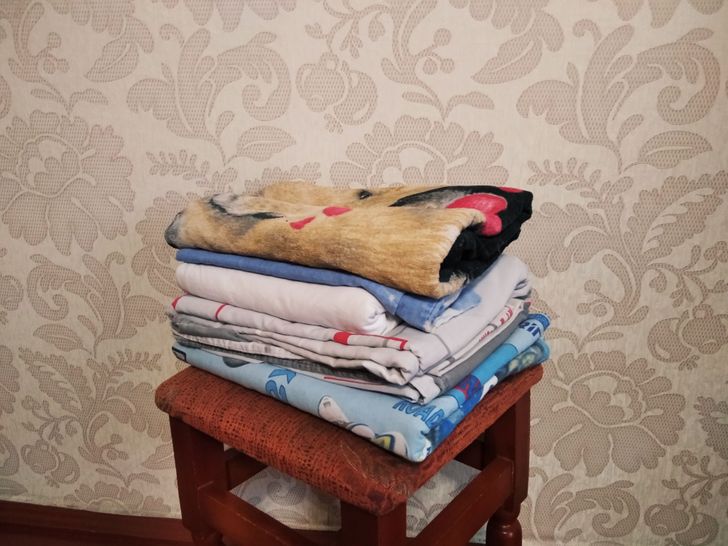
Any fabric consists of fibers that crumble over time and turn into dust. If the particles of a product stay on threads, the process becomes even more active. That’s what happens if you wash your clothes with a softener. The product penetrates into the fabric fibers and then crumbles. That’s why sometimes it’s better to do without the softener.
Yes, house plants do clean the air and reduce dustiness. However, they don’t absorb big particles and become dirty on their own over time. The accumulated dust worsens the filtering properties of plants and prevents the normal flow of photosynthesis. The amount of chlorophyll in the leaves decreases, causing the beloved flower to no longer clean the air but act as a dust collector. In order to prevent this from happening, plants should be periodically cleaned.
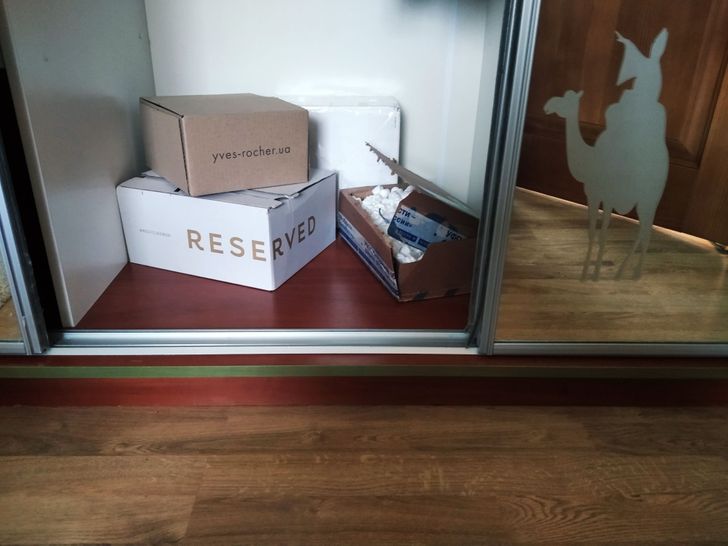
The paper fibers crumble and generate dust — that’s the reason why we have to wipe down bookshelves so often. Moreover, there are other sources of paper dust in homes, such as old newspapers and magazines, shoe boxes, paper packaging from home appliances, and more. The paper should be stored outside the home and be used for utilization only.
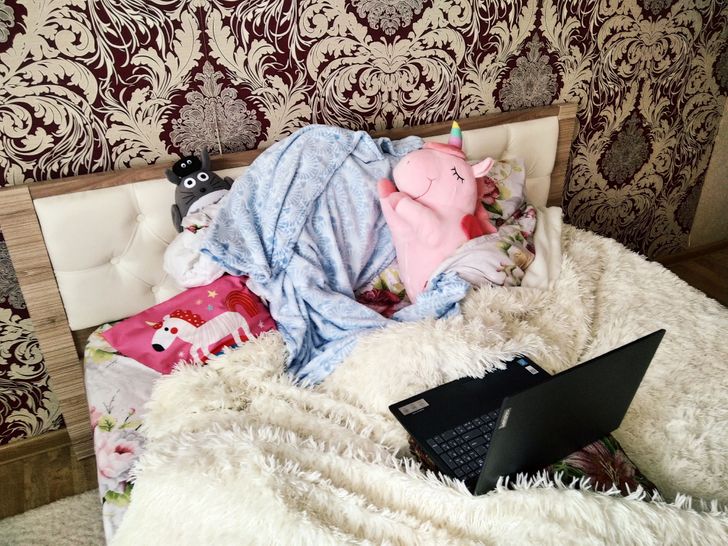
A warm bed is a perfect environment for dust mites. If possible, it’s worth replacing pillows, blankets, and mattresses made of natural down feathers with products that have synthetic fillers. To achieve the best effect, you can use protective mattress toppers and bed box-spring covers.
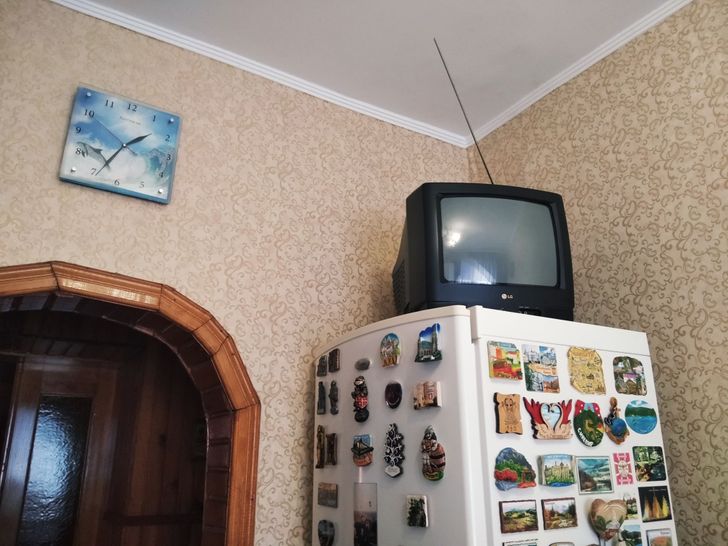
All electronic appliances attract dust, while the top parts of furniture and home appliances are always dirty. It makes a TV set on the fridge a true dust combo. And the funniest part? Most people don’t even switch the thing on.
Try looking at your home with a fresh eye — perhaps you have appliances that no one uses that you could simply get rid of, sell, or give as a present to someone.
They contain way more dust and allergens than solid floor coverings. Not only do carpets actively attract dirt, but they also emit microparticles and volatile compounds. That’s why it’s better to opt for models with a short stack that don’t cover the floor from one wall to the other — and ideally, they should be kept out of the bedroom. It will help you to not inhale as much dust while you sleep.
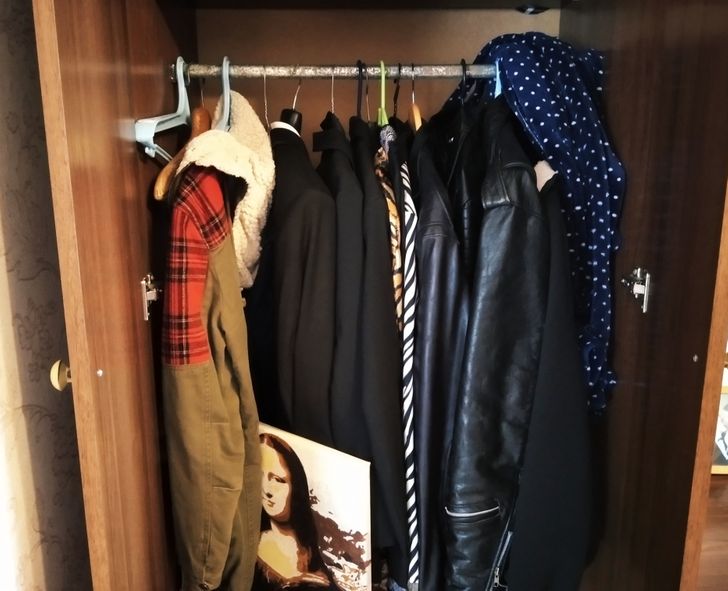
Winter jackets and other things that are stored in the depths of your closet don’t simply hang there. In fact, they accumulate dust from the air and scatter their fibers around. That’s why storing clothes that no one wears at the moment in sealed or hanging bags actually makes sense.
A lot of dust gets to our homes through windows — that’s why blinds that serve as a barrier get dirty quite fast. Blinds that are easier to clean can help in this situation.
It makes sense to hang more practical roller blinds instead of standard blinds with slats that get covered with dust quite fast. Some of the other alternatives are non-woven polyester pleated blinds, honeycomb blinds, and Roman blinds.
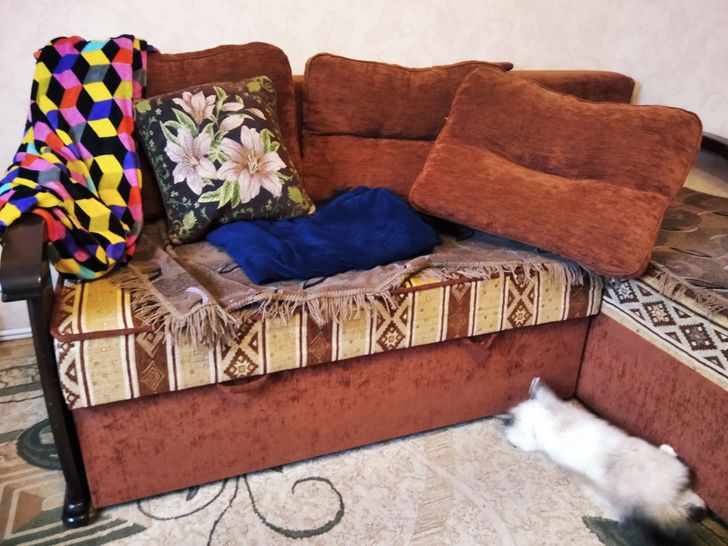
Upholstered furniture is like a sponge — it absorbs dust. That’s why experts recommend opting for products made of wood, plastic, or leather. They also remind us that the less soft upholstery and fabrics there are in the room, the better. Not only do textiles accumulate dust, but they also produce it. Luckily, you can save your couches and armchairs by changing their upholstery often and buying anti-dust covers.
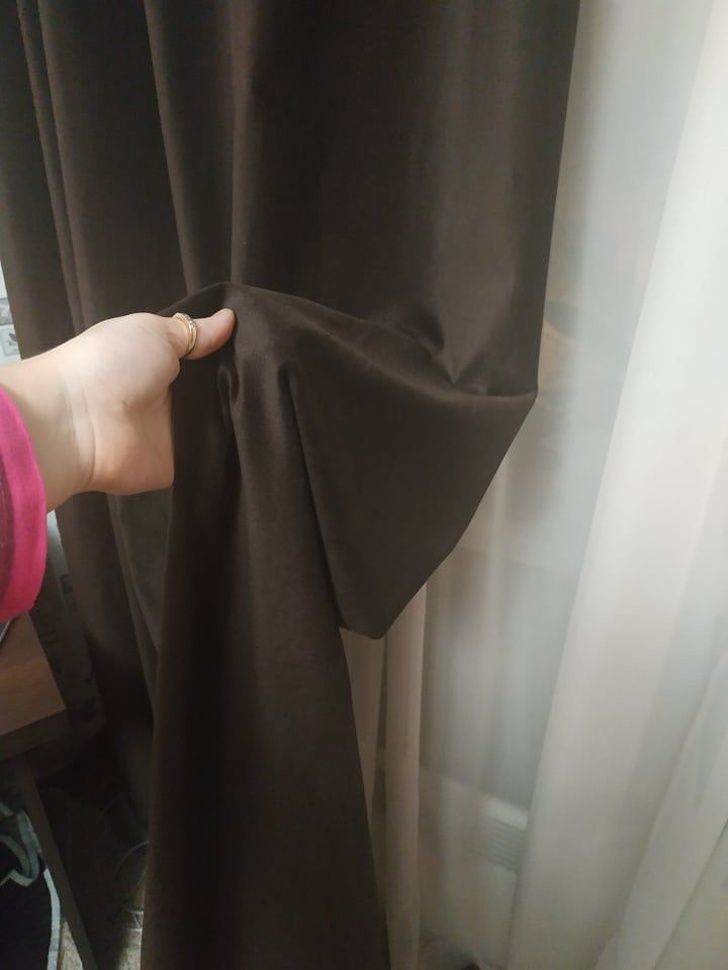
In order to breathe easier at home, you can try replacing heavy drapes with cotton or synthetic curtains. They hold onto less dirt and can be machine washed.
In order to prevent dust from going through to your apartment, make sure not to open your windows early in the morning or late at night as well as in rainy or hot weather. The best time for airing out a room is anytime between noon and the evening.
Anyone who has ever tried to clean the slots in a radiator grill has seen how much dust, cobwebs, and dirt accumulates there. The situation can be improved by radiator covers and panels that not only look beautiful in the interior but that also help keep radiators clean. In this case, dust and dirt won’t settle on partitions, which are sometimes difficult to wash, but rather, on a flat surface that can be easily wiped off with a rag. Moreover, the radiator will be closed on the sides, which will contribute to less dust getting into the room. As for the front panel of the radiator, it can be vacuum cleaned.
By the way, you can make a front panel for the radiator yourself out of perforated plywood, for example.
An important note: The panel should be at least 1.5 inches wider, 1.2 inches higher, and 0.8 inches deeper than the radiator. Otherwise, the heat dissipation of the appliance may be reduced.
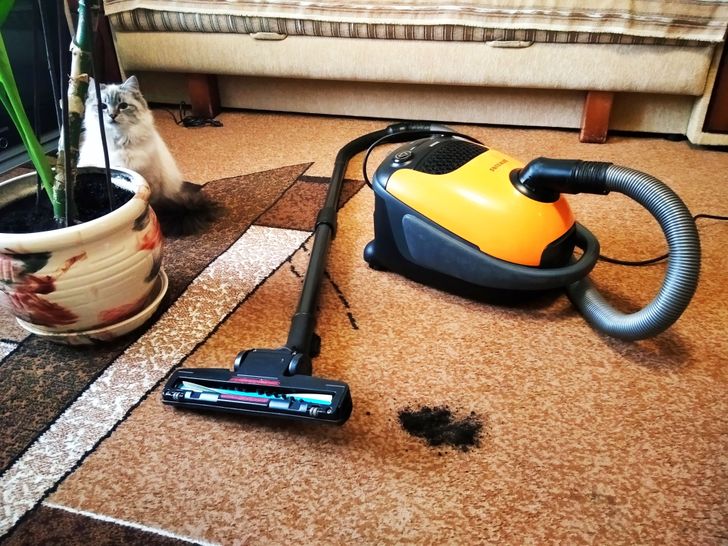
When it comes to combating dust, the main thing to do is prevent it from moving from one place to another. However, this is what happens frequently when we vacuum clean our homes. Scientists conducted a series of tests and found that all vacuum cleaners not only suck in dust but also throw it into the air. Even devices with HEPA filters can’t complete this task, 100%.
But at least they suck in more particles than they emit, which is why experts don’t see a better alternative as of now. They also recommend ditching older, cheap vacuum cleaner models — you will never get rid of dust if you keep using them.
How do you fight dust in your home? Who is currently winning in this endless battle?





